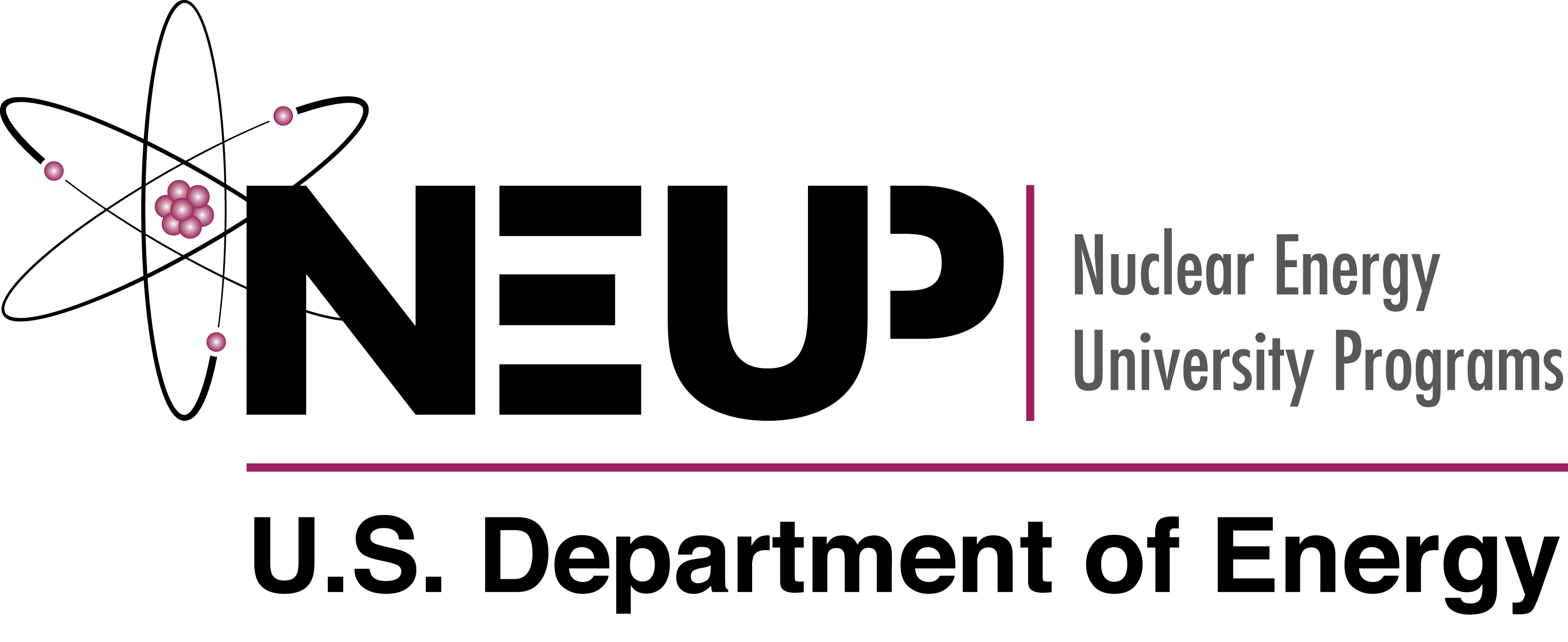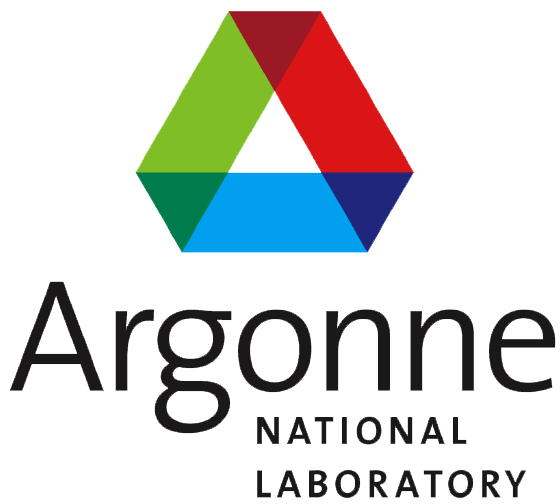Fundamental Concepts in Cyclus¶
Several fundamental concepts are deeply engrained in the Cyclus kernel, and understanding them is important for users and developers of Cyclus.
The following concepts are defined in more detail below:
Cyclus is an agent-based simulation
agents are either regions, institutions, or facilities
Cyclus tracks the evolution of a system over time
agents interact through a dynamic resource exchange that is recomputed at each time step
Cyclus catalogs the transactions of discrete quanta of resources
agents may enter or leave the simulation over the lifetime of a simulation
each agent is deployed as a clone of a prototype
each prototype is defined as a configuration an archetype
archetypes are loaded dynamically at runtime and can be contributed by any user/developer
Agent-Based Simulation¶
A Cyclus simulation models a system of discrete agents that interact to exchange resources. Most of the behavior of a Cyclus simulation is the result of the interaction among a set of individual and nominally independent agents.
Region, Institution, Facility Hierarchy¶
The primary agent interaction is among Facility agents, each representing a single discrete nuclear fuel cycle facility.
Each Facility agent is owned/operated by an Institution agent, representing a legal operating organization such as a utility, government, non-governmental organization, etc. Institution agents are responsible for deploying and decommissioning Facility agents.
Each Institution operates in a Region agent, representing a geopolitical region such as a nation-state, sub-national state, super-national region, etc. Region agents are responsible for requesting the deployment of additional Facilities through their Institutions.
Institution and Region agents can alter the way that their Facility agents interact with other Facility agents.
Tracking the Evolution of a System Over Time¶
A Cyclus simulation marches through time with a fixed time step. At each time step, the system itself may change and the dynamic resource exchange is recomputed.
Dynamic Resource Exchange¶
Facility agents interact through the dynamic resource exchange by submitting requests for resources and/or receiving bids to provide those resources. All facilities that request resources can then establish their preferences across the set of bids they receive and the global set of preferences is used to resolve the exchange by maximizing the global preference.
Discrete Resource Tracking¶
The outcome of the dynamic resource exchange is a set of transactions of discrete resources, with specific quantities and identities, between specific facility agents. These discrete resources can be tracked through their life cycle by their identities.
Agent Deployment and Decommissioning¶
Facility agents can be deployed or decommissioned at each time step, changing the system that is being modeled through the dynamic resource exchange. The decision of when to deploy new facility agents and which agents to deploy is made by the institution agents based on user input. Agents may be decommissioned either because they reach their lifetime or because a decision to decommission is made by the institution that operates them.
Agent Prototypes¶
Each agent in the simulation is deployed as a clone of a prototype. A prototype is formed by adding user-defined configuration details to an archetype.
Agent Archetypes¶
Agent archetypes define the logic that governs the behavior of an agent. An archetype may allow a user to define some parameters that influence that behavior. Broadly speaking, the behavior of an agent can be divided into the behavior that represents the physical models of the system and the behavior that represents the interaction of the agent with other agents.
Run-time Discovery and Loading of Archetypes¶
To maximize the flexibility of the Cyclus infrastructure, is has been designed to allow the addition of new archetypes without having to make any changes to the Cyclus kernel. Therefore, the kernel has no a priori knowledge of archetypes or their behavior other than how they are deployed/decommissioned and how they interact with the dynamic resource exchange. For this reason, every Cyclus simulation must find and load the archetypes requested by the user.





